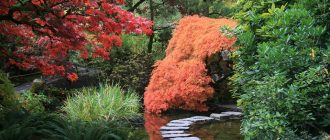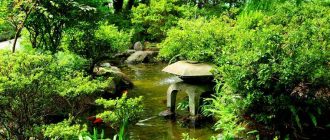Want to know what makes Japanese swords the most lethal slicing machines? Find out about the steel used in the Japanese sword that gave it the unparalleled strength that it is renowned for.
The country of Japan is renowned for its craftsmanship. The centuries of relics are a testament to the superior hand that the Japanese craftsmen possessed and the perfection with which they conducted even the most delicate of tasks. One of the things in which the Japanese craftsmanship is displayed is the construction of Japanese swords.
Swords have been a prominent part of Japanese history. Japanese swords are not just known for their looks rather it is their superior quality function that makes them unique. The swords used by the samurais such as the famous katana was known to be able to slice a hair in thin air.
Obviously it requires a skilled sword smith to create such a sword but the real secret that made Japanese swords the most dangerous slicing machines of their time was the composition of the steel that was traditionally used by the Japanese.
Jewel steel is the English rendition of tamahagane which is a specially derived steel known for its superior quality. The Japanese had their own traditional techniques to achieve this kind of steel.
Although the steel was known for its superior quality the cost of producing such steel was many times more than ordinary steel. Along with swords this kind of steel was used in the construction of other tools as well.
Tamahagane steel is actually derived from special iron sand known as satetsu. Sword smiths would work very hard to smelt this scarce material which was difficult to find. The nature of this ore was such that it consisted of a very low amount of impurities. This made it of a far more superior quality than all the other iron ores available.
Collecting the Iron
The iron sands used by the Japanese were categorized into two divisions. The masa ore contained certain impurities such as acid granite and black mica. The other iron sand was known as acome that consisted of an incredibly low level of impurities but at the same time it had salty basaltic stone which made it of a slightly lower quality.
Traditionally the iron sand known as masa was used for the production of the famous katana swords whereas acome was used to create other tools such as high quality cutlery and parts of guns etc. The bulk of these rare deposits are situated in northern Japan close to the areas of Yasuki, Kame-ishi and the surrounding areas.
Smelting
Not only were the Japanese swords created with a totally different kind of building material the way they smelted the ores in order to achieve the desired results was completely different from how it is done for mass steel production.
The rather tedious and difficult process took about 72 hours and 5 people on hand to create. With the emphasis on quality the Japanese would make no compromises regarding the smelting process.
At least ten tonnes of satetsu iron sand along with twelve tonnes of charcoal was needed to create 2.45 tonnes of the best quality steel known as tamahagane which is the secret behind the superior quality of Japanese swords.




